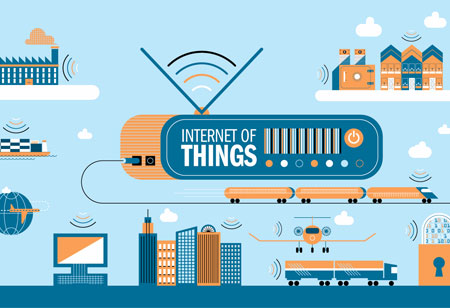THANK YOU FOR SUBSCRIBING
Hurdles to IoT's growth
With its ability to connect a plethora of device together and work without human intervention, IoT has acquired all the limelight.

By
Apac CIOOutlook | Thursday, January 01, 1970
Stay ahead of the industry with exclusive feature stories on the top companies, expert insights and the latest news delivered straight to your inbox. Subscribe today.
With its ability to connect a plethora of device together and work without human intervention, IoT has acquired all the limelight. While Gartner estimates the number of connected devices globally to touch approximately 21 billion mark by 2020, IDC pegs the count at 80 billion in just five years from that time (2025).
However, with possibilities also comes the pitfalls; the rapid growth of IoT comes along with the risk of endangering the privacy of billions that choose to leverage it. As everything is becoming interconnected, everybody is worried about smart devices being hacked. When it comes to cloud IoT, it can be expensive as deploying them will require many years to gain profit.
While the core concept of IoT lies clearly drawn as to avoid misinterpretations, rapidly evolving device standards and requirements around durability, form factor, and power consumption make it tough for a particular manufacturer to declare its products as market-defining. These conditions make leveraging IoT more complex. The frequent transformation in the technology requires regular software updates, which is critical. Increase in IoT devices increases the amount of data sent and received to the point that exceeds the withstanding capacity of the internet leading to the saturation of internet.
The continuous progress of IoT system will stir the need for research in protecting IoT systems and devices while enterprises and individuals continue inventing new ways to make use of IoT systems in enhancing their daily experience.





